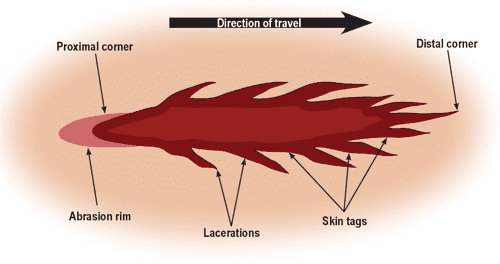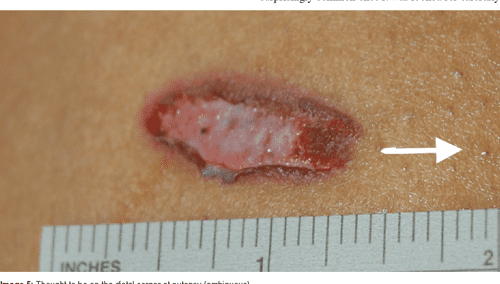

If you want simplicity and something between a smart and dumb watch, check out PineTime. The battery on mine lasts for about 8-10 days.
It has basic features like notifications, timers, and step counter. You can also customize the UI.


If you want simplicity and something between a smart and dumb watch, check out PineTime. The battery on mine lasts for about 8-10 days.
It has basic features like notifications, timers, and step counter. You can also customize the UI.
would you be OK with eating them
are they yummy ?


I haven’t paid any attention to it and haven’t had problems. Sonarr and Plex both say it’s season 9 and it recently started.


abandon the bear and an old bike, which happened to be in Kennedy’s van, in the park, taking advantage of the fact that there has been a rash of bicycle accidents recently in New York.
Ok honestly that just sounds like a hilarious prank.


the only chart I care about


If you are truly struggling and need actual dental care, try searching for a local dental school near you. Many will take patients for cheap or free, with the caveat that a dental student will be performing the treatment.
Otherwise, brush at least twice a day and floss. Do not re-use strands of floss, like with those convenient plastic picks. You’ll just be transferring bacteria to each crevice after it’s been used.
Get a water pick (whatever it’s called) - I heard those are great but I don’t have one myself.


Much of the destructive force comes from speed
You should’ve stopped there.
Let me rewrite that:
The destructive force of a 5.56 round is exponentially increased by the tissue it hits. If it hits purely soft tissue - such as a pass through the deltoid or quadriceps - it may not cause much damage at all.
The real destruction comes from hitting hard tissue (like bone), which causes it to tumble and cavitate or cause it to ricochet and hit more soft tissue, on top of probably breaking whatever bone it hit.




Bullets can lacerate tissue without causing crazy destruction. A wound less severe than this on the tip of the ear could be healed within 2 weeks or however long it’s been.


I think you overestimate the size and power of a 5.56 round. Much of the destructive force comes from speed and the area it hits - such as the chest or hips. Bones can cause it to ricochet and spin, causing cavitation and greater destruction.
They can leave a tiny entrance wound. With how thin the ear is, it’s unlikely to have left an exit wound any larger than the entrance. It may have even hit the tip of the ear.
Either way, I think there would still be a visible wound unless it just nicked the tip of the ear. The bleeding may be due to blood thinners or something, considering his cardiovascular health.


What is the “right” action here then, in your mind? Would you rather a stranger grab the kids hand or pick them up?
Touching someone else’s kid without explicit consent from the parent is likely to get you in some trouble unless you can explain to them that you just saved their kid
This is a great reference:
https://www.backblaze.com/blog/backblaze-drive-stats-for-2023/
Serverpartdeals is a good source for cheaper drives.


JD Vance, from Vance Refrigeration?


Aux port, removable battery, waterproof, micro SD slot. This phone is very interesting


I’m not a scientist by any means but I’m pretty sure it’s the temperature that matters when steeping the tea. You can use hot - but not boiling - water just fine.
So I’d say: probably not


Haha what an idiot.
¯\_(ツ)_/¯
I put it on a larger HDD because my SSD was running out of space and it corrupted about a week later.
When you say database, do you mean the OS and the server install?
Yes, that’s what I meant. I switched my server install to a HDD because it was running on a 256 GB SSD which was running out of room.
I’m sure docker is easier if you know it… that’s like the point, afaik, but while basic use might be easy, it’s… never ever that easy for me, something always goes wrong, which is why I haven’t bothered yet. I know I should, I know it’ll make things easier (hypothetically), but it feels like a huge undertaking for someone with no skills. I’ve been looking for a super noob friendly instruction guide, and have not found one that I can work with, tbh, without a bunch of other know-how that I don’t have. (If you know of any I’d be eternally grateful!!!)
I can give you some tips for now and then I’ll give you some more in-depth instructions when I’m at my computer again.
For now:
Install Docker to your computer. I’m not sure how windows Docker handles it but I recommend using Docker compose. I’m not sure of the technical differences between Docker and Docker compose, but I found Docker compose to be much easier to use because it’s saved as a YAML file (text file). If you need to make changes, just edit the file.
Once you have that set up, get a Plex server running. You’ll probably have to change the ports in the Docker one to avoid conflict with your current one.
I recommend LinuxServer.io for a lot of things, including Plex. There’s some dissent over use of Linux Server’s apps due to permission and root things, but they are also super simple to use and you can start with the basics here.
https://docs.linuxserver.io/images/docker-plex/
Scroll down a bit to find the docker-compose section. To start a sample plex server, make the following changes:
Remove network_mode: host
In line with environment and volumes, add this:
ports - 324001:32400
This will route 32400 of the docker container to 32401 of the host network, allowing you to have both servers running at the same time without a port conflict.
Edit the volumes as needed. Always remember, it goes: host: container for everything. You can change it however you need. /config should preferably be on an SSD, as I said. The rest can be created as needed. For mine, I have both movies and TV shows stored under a folder called /media/. My plex docker script mounts /media/ and in plex I can search through the subdirectories to find the TV and Movies section.
Your second (temporary) plex server should be set up properly once you start the container
I’ll tell you how to data over to the Docker container later.
It is possible to pass transcoding - I’ll share my compose file when I’m at my computer
I would recommend using Docker first on the windows machine as a step in the transition. I did exactly this when I was transitioning to debian from windows. It made the official switch insanely easy because all I had to do was set up the Docker filesystem to what it already knew and it started up without any issues.
My lessons learned:
Keep the database on an SSD. I put mine on a HDD and it corrupted.
Never used a Pebble, sorry.